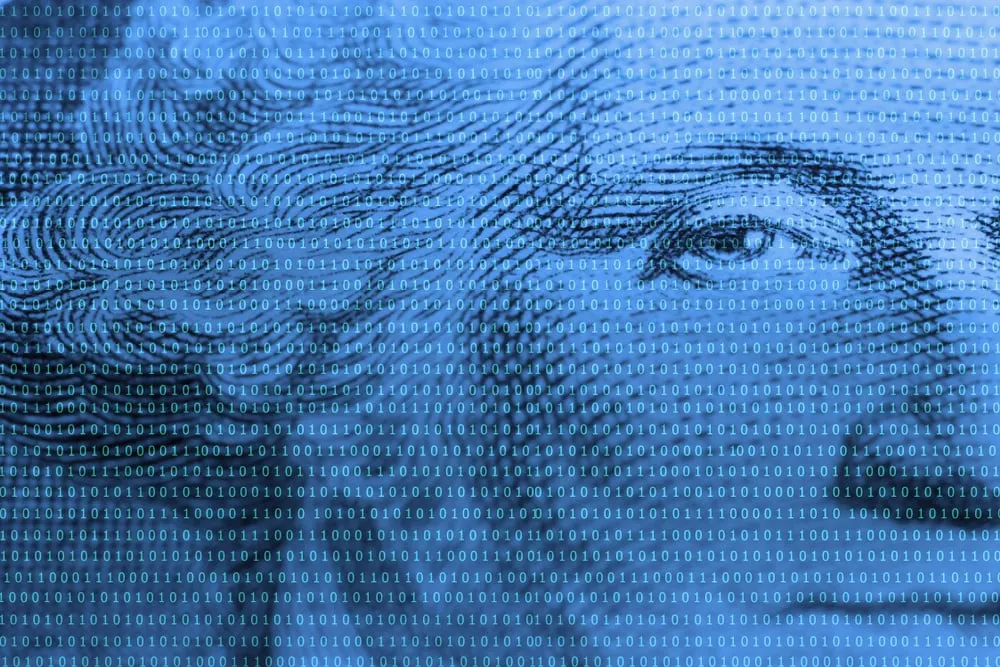Circle, the company behind the world’s second largest stablecoin, announced on Wednesday that it will soon be making USDC available on five additional blockchains.
By early next year, USDC will be compatible with Arbitrum, Cosmos, NEAR, Optimism, and Polkadot, the company’s Chief Product Officer Nikhil Chandhok revealed today to a live audience at Circle’s Converge22 conference.
1/ Another exciting announcement just shared at #ConvergeSF22 👀 we intend #USDC to be available on @arbitrum @cosmos @NEARProtocol @optimismFND @Polkadot pic.twitter.com/OKR8Scq6yY
— Circle | #ConvergeSF22 | Sept 27-30 (@circlepay) September 28, 2022
Stablecoins are cryptocurrencies pegged to the value of a government-backed fiat currency, most commonly the US dollar—as is the case with USDC. They are typically fully collateralized by real world cash and assets, and thus serve as a sturdy crypto asset supposedly immune to the volatility of the crypto market. For this reason, stablecoins are particularly popular with traditional finance institutions wading into crypto.
“Extending multi-chain support for USDC opens the door for institutions, exchanges, developers and more to innovate and have easier access to a trusted and stable digital dollar,” Circle’s VP of Product Joao Reginatto said in a statement.
USDC should function on Arbitrum, NEAR, Optimism, and Polkadot by the end of the year, the company stated today. Compatibility with Cosmos is expected to launch by early 2023.
Today’s announced expansion will soon bring the total number of USDC-compatible blockchains to 14. The coin is already operable on Ethereum, Solana, Avalanche, Polygon. TRON, Algorand, Flow, Hedera, and Stellar.
Circle leadership also announced on stage today the upcoming launch of a Cross-Chain Transfer Protocol for USDC, which will streamline the process of transacting the cryptocurrency across blockchains. The protocol will specifically assist developers in creating wallets, apps, and financial services tools that permit and encourage the seamless transfer of USDC across networks.
The company conceded in a statement that, as it stands, current mechanisms for transacting USDC across blockchains are “creating fragmented liquidity and [offer] a complicated user experience.”
“Cross-Chain Transfer Protocol ultimately enables USDC to function as a universal dollar liquidity layer across ecosystems, providing the most capital efficient way to transport value across the crypto ecosystem,” said Reginatto.
The protocol is expected to be available on Ethereum and Avalanche by the end of the year, with compatibility across other chains to follow in 2023.
USDC’s chief competitor—and the largest stablecoin by market capitalization—is Tether’s USDT, which currently operates on 13 blockchains and is expected to expand to Polygon in the near future.
Asset-backed stablecoins like USDC and USDT gained increased relevance and support after Terra’s algorithmic stablecoin, UST, imploded in early May, leading to the wiping out of over $40 billion in value. UST was not backed by any assets, and instead depended on an (ultimately flawed) algorithmic relationship with Terra’s native token, LUNA, to maintain its dollar peg.
USDC and USDT both retained their value and reputation during the market tumult that ensued after Terra’s collapse, largely due to the fact both cryptocurrencies are backed by assets audited and monitored by American financial institutions.
That oversight can cut both ways, however. Last month, when the US Treasury blacklisted Ethereum coin-mixing tool Tornado Cash and wallet addresses associated with the service, Circle moved to pre-emptively freeze the USDC associated with those wallets, in a move decried by privacy advocates as inappropriate compliance with overreaching government censorship.
In the fallout of the event, numerous organizations, including MakerDAO, the largest decentralized finance protocol by market capitalization, have begun divesting from USDC, given Circle’s apparent policy of compliance with government sanctions.

